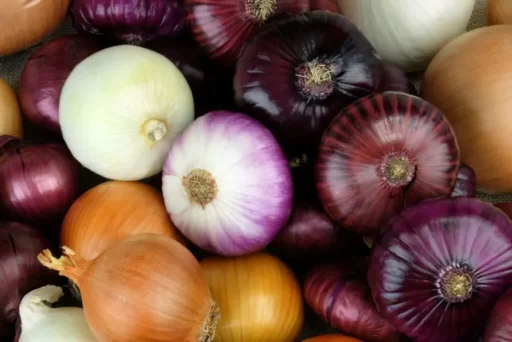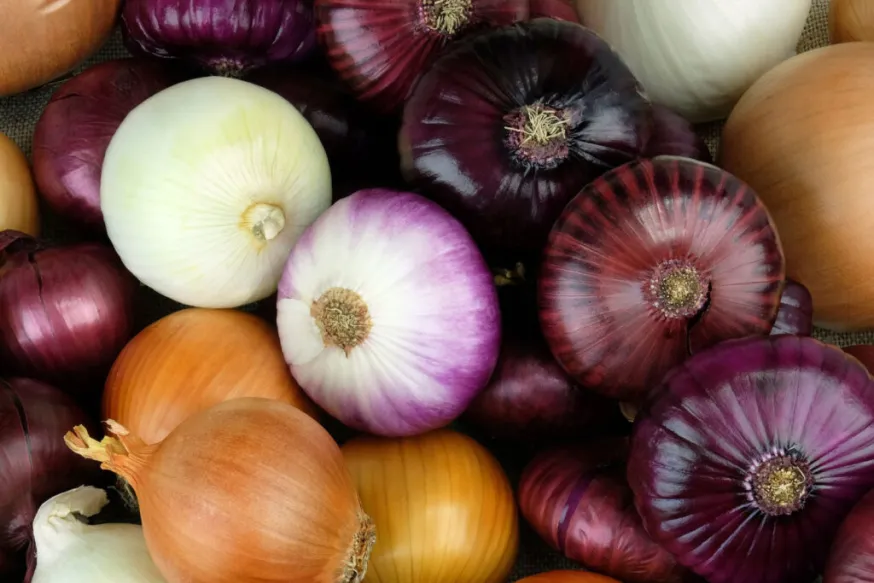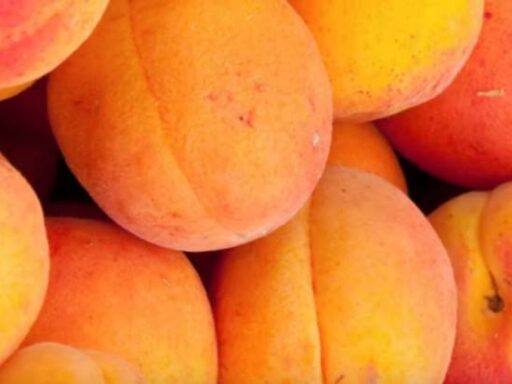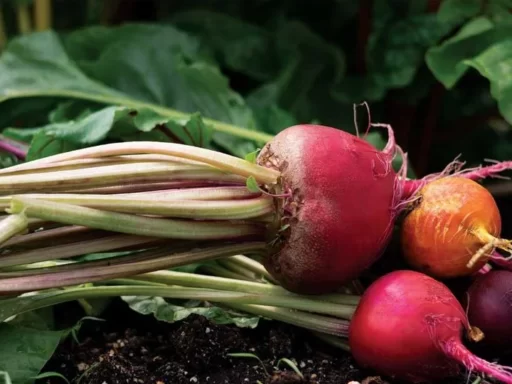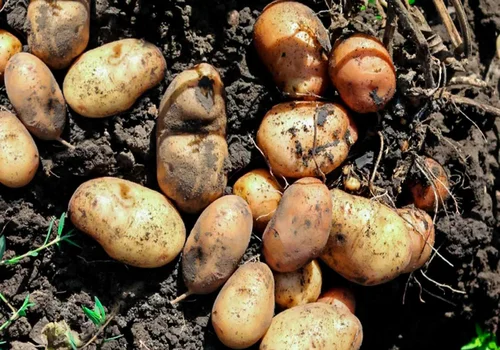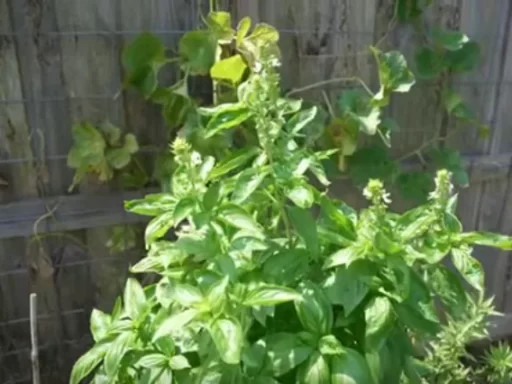Onions are one of the most rewarding vegetables to grow, offering versatility in the kitchen and health benefits. If you’re growing onions, it’s essential to maximize your crop yield and ensure proper storage for the long term. This comprehensive guide will cover everything from planting techniques to harvesting, curing, and storing onions, ensuring you get the best out of your garden.
Understanding Onion Varieties and Growing Conditions
Before you begin planting, it’s important to understand the different types of onions. The most common varieties include yellow, white, and red onions. Each type has distinct flavor profiles and growing requirements. For example, yellow onions are known for their versatility, while red onions are often used fresh in salads.
Ideal Growing Conditions
Onions thrive in well-drained soil enriched with organic matter. They prefer a sunny location, requiring at least 6 to 8 hours of sunlight daily. If your soil is heavy clay, consider raised beds to improve drainage.
Planting Onions
You can start onions from seeds, sets, or transplants. For beginners, onion sets (small, immature bulbs) are an excellent option as they are easy to handle and have a higher success rate. When planting, space the bulbs about 4 to 6 inches apart in rows, ensuring they are planted at a depth of approximately 1 to 2 inches.
Monitoring Growth and Signs of Maturity
Onions grow rapidly, and you’ll notice them swelling in size within weeks. The key indicator that your onions are ready to be harvested is when the green tops begin to flop over. This flopping occurs because the neck of the bulb starts to soften, signifying that the onion is diverting its energy from growth to preparing for dormancy.
Harvesting Onions
Harvesting should be done carefully to prevent damage to the bulbs. Use a hand fork to loosen the soil around the bulbs, then gently lift them from the ground. Avoid pulling directly on the tops, as this may cause the bulbs to bruise or break. After lifting, shake off excess soil, but avoid washing them, as moisture can lead to rot during storage.
Curing Your Onions for Long-Term Storage
Curing onions is a crucial step in extending their shelf life. This process creates a protective seal around the bulb, preventing moisture from entering and reducing the risk of decay.
The Curing Process
To cure your onions, find a dry, well-ventilated area. If you live in a hot, dry climate, leaving the onions on the soil surface may suffice. However, in wetter climates, you may need to move them to a sheltered area to prevent rain damage.
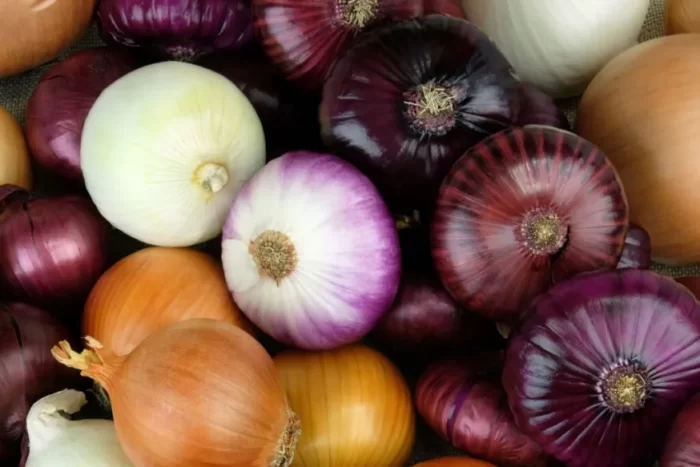
Using a raised platform or rack helps with air circulation. Lay the bulbs out in a single layer, ensuring they do not overlap. This arrangement allows for maximum airflow, promoting effective curing. The curing process typically takes 2 to 4 weeks, depending on environmental conditions.
Recognizing Properly Cured Onions
After curing, the onion leaves will shrivel, and the outer skins will become papery. At this point, you can clean the bulbs by brushing off any loose dirt and trimming the roots.
Storing Your Onions: Best Practices
Proper storage is essential for maintaining the quality of your onions. Here are some effective methods to keep your onions fresh for months:
1. Using Breathable Storage Containers
Store your cured onions in breathable nets or sacks. This method allows air to circulate around the bulbs, reducing moisture buildup. When placing onions in nets, handle them carefully to avoid bruising.
2. Creating Onion Strings
Another popular method is to create onion strings. This involves tying the bulbs together by their leaves, allowing them to hang freely. The weight of the onions helps secure them, and this method also promotes airflow.
3. Using Old Pantyhose
If you’re looking for a quick solution, you can use old pantyhose to store your onions. Place each onion in a separate leg of the pantyhose, tying a knot between each bulb. This method provides both storage and visibility.
Where to Store Your Onions
Once you’ve chosen your storage method, it’s vital to place the onions in a cool, dry location. Ideal storage areas include:
- Basements: These are typically dark and cool, perfect for storing onions.
- Garages: A frost-free garage can be an excellent place for long-term onion storage.
- Cool rooms: A room in your house that stays consistently cool and dry can work as well.
Keep the storage area free from direct sunlight and high humidity, as both factors can hasten spoilage.
Regular Checks for Spoiled Onions
Inspect your stored onions regularly. Remove any bulbs that show signs of rot or spoilage to prevent them from affecting the rest of your crop.
Conclusion
Growing and storing onions is an enjoyable and rewarding endeavor. By following the steps outlined in this guide, you can ensure a successful harvest and maximize the storage life of your onions. With proper care, your onions can last until the next growing season, providing delicious flavors for your meals.
Frequently Asked Questions
- How long can I store onions? Onions can last up to 6 months when stored correctly in a cool, dry place.
- What is the best way to cure onions? Cure onions in a dry, well-ventilated area away from direct sunlight, ideally for 2 to 4 weeks.
- Can I wash onions before storing them? No, avoid washing onions before storage, as moisture can lead to rot.
- What temperature is ideal for storing onions? Store onions in a cool environment, ideally around 32°F to 50°F (0°C to 10°C).
- What should I do with damaged onions? Use damaged onions immediately, as they do not store well.
- Can I freeze onions for long-term storage? Yes, you can freeze onions, but they will lose their crispness and be better suited for cooked dishes.
- What are the signs that my onions are ready to harvest? Harvest onions when the tops flop over, and the skins change color and become papery.

